“Look! There’s a farmer riding down the road.”
In a bulky Carhartt coat. And leather gloves, work jeans. And … a flashy speedo helmet. “Where did Spandex go?,” said Helmut.
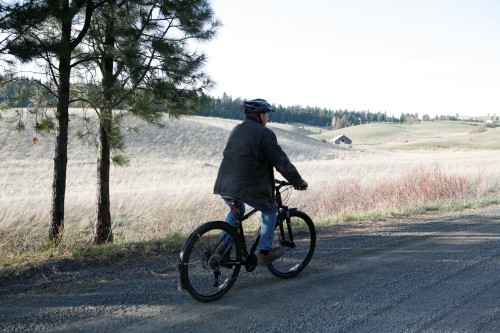
Why, it’s …
This story has its origins in an era long ago, 34 years ago, to be exact. I was pregnant with my daughter and living in a 14-foot travel trailer parked next to a public restroom, located next to a small bungalow “house” on the outskirts of Grangeville, Idaho. I’d just spent the winter living on a remote ranch on the Joseph Plains without electricity, or phone, or TV, or … you name it, I was without it. Travel to the 30,000 acre ranch took 4-6 hours via dirt road or 4-6 hours on a jet boat coming up the Snake River from Lewiston. Did I say remote? If you know anything about that part of the country, you know it’s the place that time forgot. It isn’t a popular designated wilderness area. It’s wilder than that. And emptier. Along that 4-hour-dirt-road-drive, there were probably 20 old, crickety, barb-wire gates you had to stop and open, stop, shut again. These were unimproved, bumpy, SLOW, dirt roads. You knew to travel with a saw in case you came across a tree that was down. That’s the 6 hours part of 4-6 hours. We did have “neighbors,” about 10. Total. All of us living hours apart. The 4-hour trip up the Snake River was made 6 hours not because of trees that were down, but because the operator of the boat stopped every few miles to check his traps and toss a dead beaver or muskrat into the boat.















































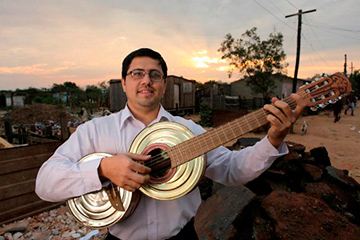
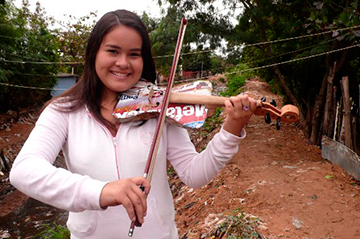
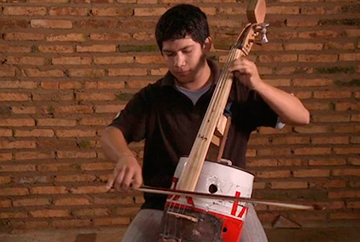
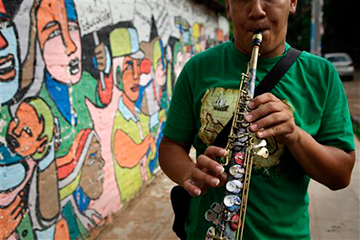








You sound like the best kind of neighborly~neighbor, with a heart the size of Idaho! I love these stories of how you became…well, you. I often try to imagine different events/scenarios which you describe in some of your book’s ( & what you share with us here). I find your life story, engaging & thought provoking & can honestly say that you are probably the only woman I know personally;-)…through your written words…who lived this John Muir~ish kind of life.
HERE HERE Elisabeth!
You lived an amazing life back in your earlier years! Where did you find the courage and fortitude to be so settled without modern amenities? Weren’t you scared? Or is it so beautiful and peaceful that you feel empowered? I marvel at your stories and courage to seek that life and then flourish. That in itself is the miracle to me! Somehow I think I might be missing the girl grit to do the same.
I think that somehow, you, Maryjane, just didn’t get caught up in the day-to-day living that most of us do. We think, when we feel we have time, about getting out and doing things, but we put it off. It’s never the “right time” to make such huge, life-changing decisions, and so we’re content to make smaller, more (in our minds) do-able ones.
Kudos to you for telling us that we can do it, that if we look deep inside we might just find that “girl grit” Winnie mentions!
YOU are and will forever be AMAZING to ME! Love this story and what a LOT of WORK! Work of an Angel for sure!
WOW!! You must have “just went with the flow”, as we say here in the U.P. You do what has to be done. And besides the work,I’m sure you enjoyed the companionship. Plus the added bonus of knowing you were just helping a neighbor. So my new song to you is “And like a good neighbor, MaryJane is there!” (tee, hee, hee)
We had the pleasure of passing through your part of the country in 2011. We stayed in Lewiston State Park. Nothing like our East Texas, even 30 years ago we did not have any area as remote as you are talking about. We loved our 9 weeks on the road. One of our favorites was Hwy 12 from Lewiston to Lolo. Keep writing your post for everyone to enjoy.